#Haworthia Attenuata
Explore tagged Tumblr posts
Text
These guys always behave well
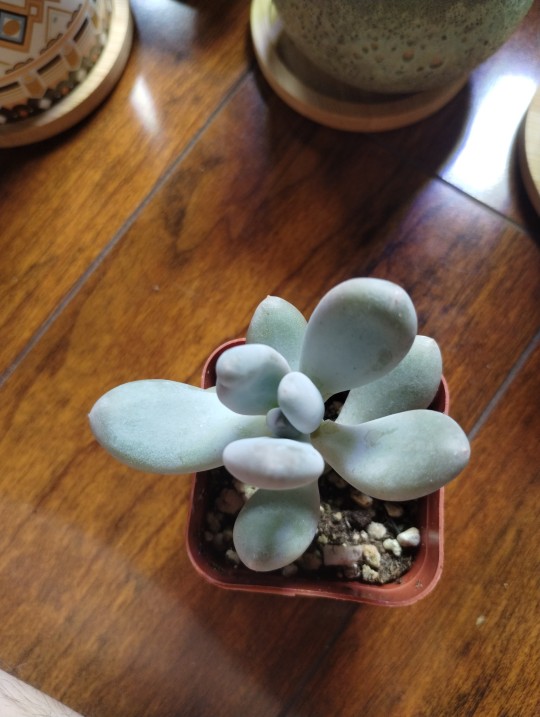

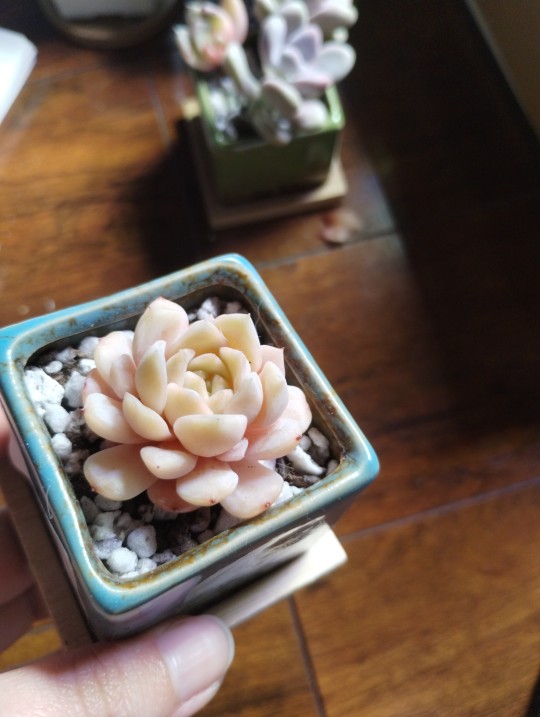
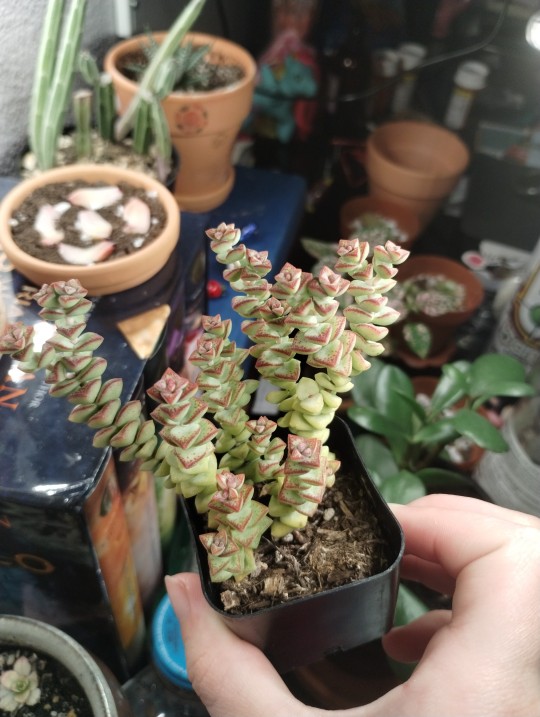
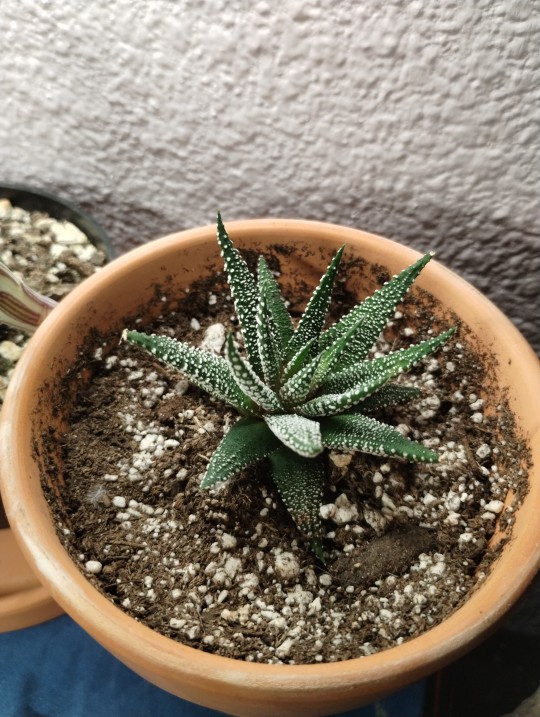
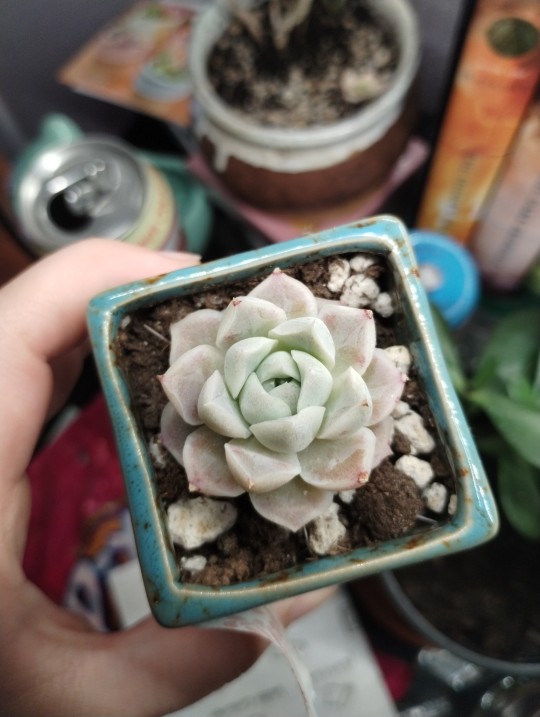
#my succs#succulents#Pachyphytum oviferum lavender pebbles#Kleinia Stapeliiformis#Echeveria Amazing Grace#Crassula Tom Thumb#Haworthia Attenuata#Echeveria Ice Rose#I'm guessing that I fucked up somehow on the succulents on the list#I just don't know how#YET#Other than the kiwi I know I fucked up by buying the plant with bugs and expecting it to not continue to get them 😒
2 notes
·
View notes
Text
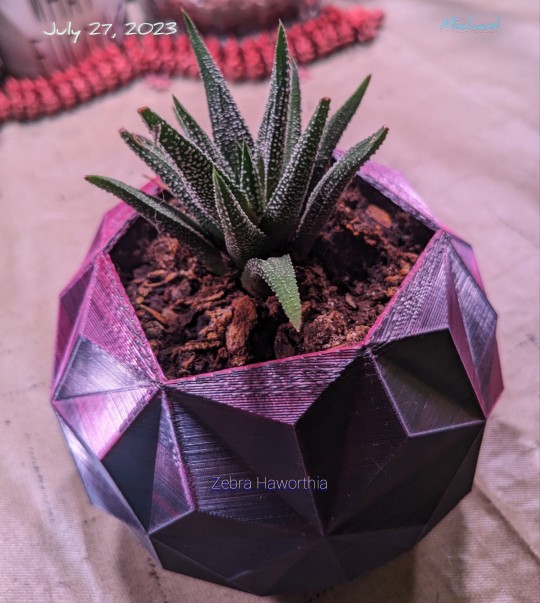
Acquired: July 2023
Local Name: Zebra Haworthia
Botanical Name: Haworthiopsis Attenuata var. Radula
Personal Name: Michael
Here's my Zebra Haworthia that my mother in law gave me for my birthday last week. I named this guy Michael from The Office.
1 note
·
View note
Text
🌿 Repot the ‘Super Zebra’ succulent 🦓 with us! Also known as Haworthia Attenuata, this rare type Zebra succulent is also called a “Super White” due to its broad white stripes. 🤍 Here’s How to Grow & Care for this striped beauty: 💡 Light: Thrives in semi-shaded positions; but brighter light enhances leaf coloration. 🪨 Soil: Use a well-draining soil mixture that allows roots to grow and air to circulate. Succulents are prone to root rot! 💧 Watering: Spring & fall - water thoroughly, then wait for soil to dry before watering again. Less water in winter, and enough to prevent leaf shriveling in hot summer. 🌱 Fertilizing: Slow-growing; use dilute fertilizer only in spring to fall. 🪴 Repotting: When it outgrows its pot, repot in spring/early summer with fresh soil. ✂️ Propagation: Easily grown from stem cuttings or offsets. Ready to adopt a new plant BFF? #succulent #succulents #zebraplant #indoorplants #haworthia #raresucculents how to repot, zebra plant, indoor repotting, succulent plant care
#indoor plants#plants#outdoor plants#greenery#garden#flowers#garden design#interiors#landscaping services#landscape design
0 notes
Text
Haworthiopsis attenuata 4” pots

0 notes
Text
Spiny Succulents!
Hey Plant Lovers! 🌿💚
Let's talk about the unsung heroes of the succulent world—spiny succulents! 🌵✨ These thorny treasures are not just plants; they're sculptural masterpieces, adding an extra layer of elegance to any green space.
🌟 Featured Stars:
Aloe Vera: Beyond its healing properties, those spiky leaves are a sight to behold!
Euphorbia Tirucalli (Pencil Cactus): A green work of art with slender stems and tiny leaves.
Haworthia attenuata (Zebra Plant): Dark-green leaves with white stripes—pure charm.
Agave parryi (Parry's Agave): Robust, blue-green leaves with fierce spines—nature's warrior.
Ferocactus glaucescens (Blue Barrel Cactus): A classic spiky beauty with a desert vibe.
📸 Share Your Spiky Beauties! Show us your favorite spiny succulents! Post pics, share care tips, and let's create a spiky succulent haven together! 📷💬
🌈 Embrace the Thorns, Find the Magic! Transform your space with the enchanting allure of spiny succulents. Embrace the thorns, and let nature's elegance take center stage! 🌟💚 #SpinySucculents
#NatureElegance#SucculentLove#GreenSpaces#PlantEnthusiast#ThornyTreasures#SucculentVibes#GardenBeauty#UrbanJungle#NatureInspires#PlantMagic#SucculentParadise#HomeDecor#PlantGoals#SucculentObsession#GreenThumbsUnite
0 notes
Photo
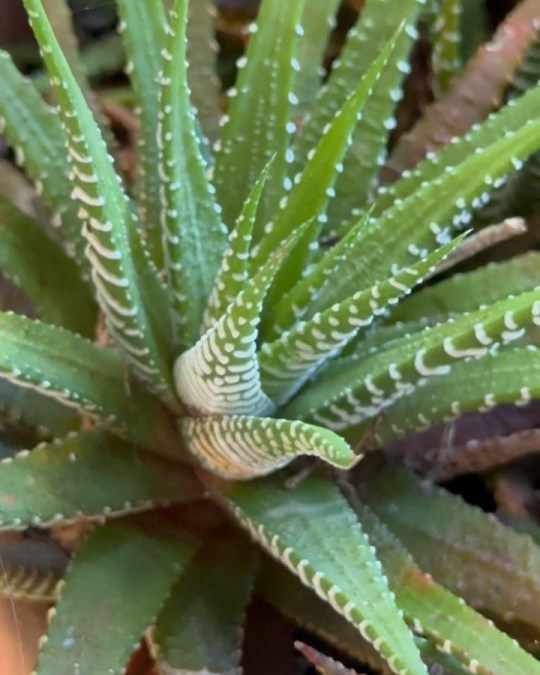
Zebra Haworthia (Haworthiopsis Attenuata, formerly Haworthia Attenuata), is a succulent plant from the Eastern Cape Province, South Africa. As an ornamental, it is one of the most commonly cultivated of the Haworthiopsis species. I’ve had this growing for years. When it gets a bit leggy I break it up and repot it. Doesn’t like getting too wet but apart from that it is as tough as nails. Looks really good in a shallow pot #ZebraHaworthia #HaworthiopsisAttenuata #HaworthiaAttenuata #waterwise #succulent #SouthAfrica #waterwise #ornamental #abcmygarden (at Belmont, New South Wales, Australia) https://www.instagram.com/p/Co3_8j4vn5Z/?igshid=NGJjMDIxMWI=
#zebrahaworthia#haworthiopsisattenuata#haworthiaattenuata#waterwise#succulent#southafrica#ornamental#abcmygarden
1 note
·
View note
Text
Well, they are both Golden Pothos so I'll probably end up trading one for something fun on my local group sometime soon but the more mature of the two specimens is LOVELY. All I want is trailing plants everywhere and this one really got that memo. I think I'm going to make some macrame to hang it over a window.
And I was right in my guess that the third plant was a Haworthia - I'm pretty sure that it's a subspecies of Haworthia attenuata that doesn't have the characteristic zebra stripes but instead just has spots everywhere. Either way, it's super cute and I can't wait to add it to my tiny succulent garden.
Today is an incredibly lovely day already. A friend's friend just moved across the country and left behind a bunch of plants so I am rehoming two mature pothos and an aloe that may not be an aloe (I'll know more once I have them in my possession).
Why yes, I did need more plants.
These will be great though because they are big enough to go into a hanging basket to get some greenery into the other half of my living room. Did I already have tiny golden pothos cuttings that I have recently potted up? Yes. Does that mean that I don't want more golden pothos? Hard no. Looking at the photos, one is definitely a "Golden" pothos but the other plant was all green so might be a Philodendron rather than an Epiprenum...we'll see. And the Aloe looks suspiciously like a Haworthia in the photos, which is fine. I'll know soon enough.
13 notes
·
View notes
Photo

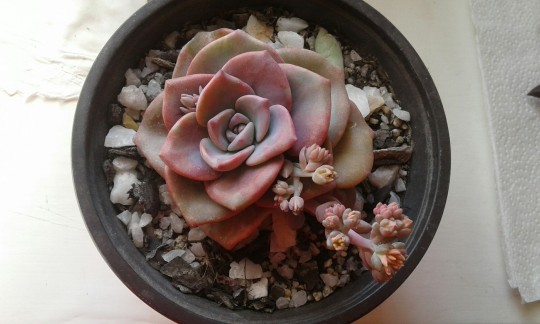
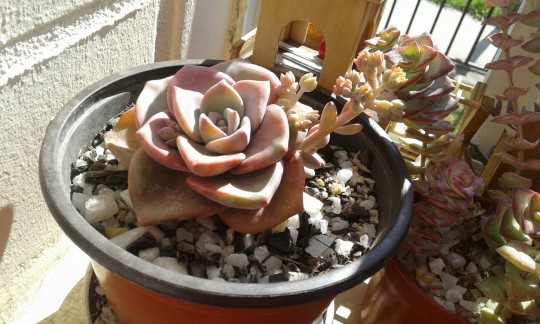
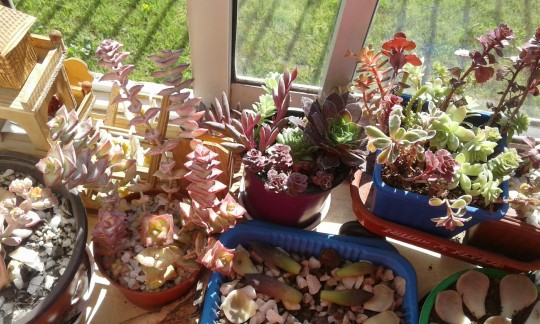
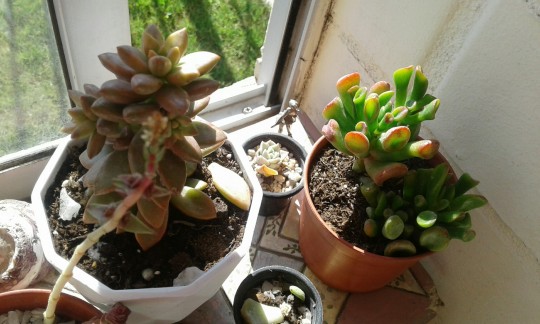
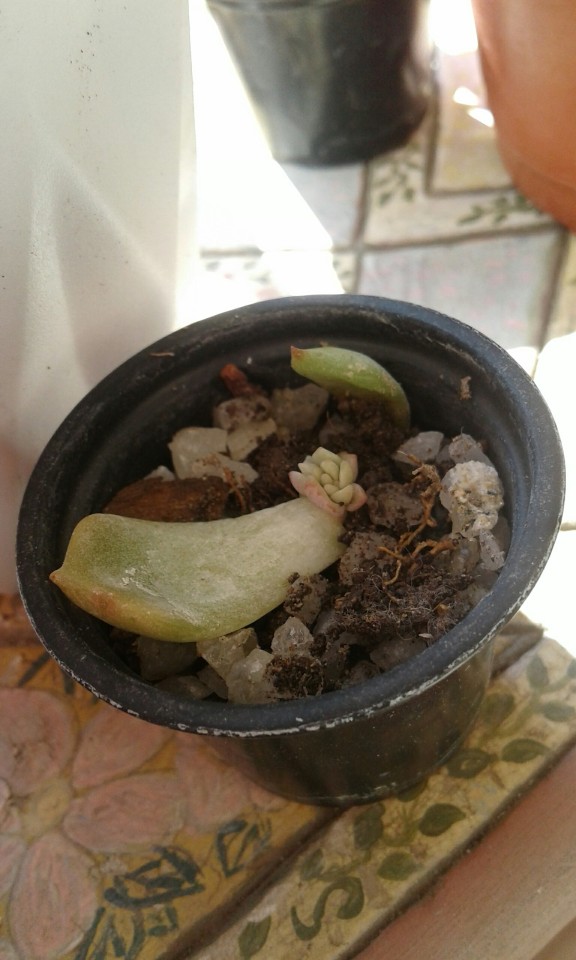
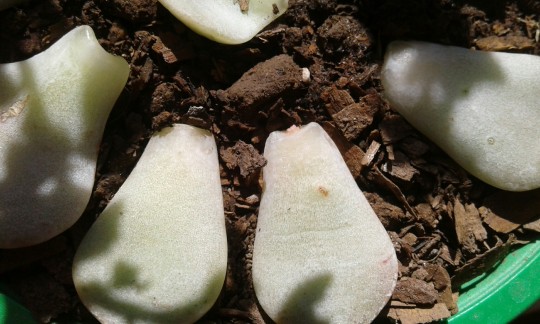
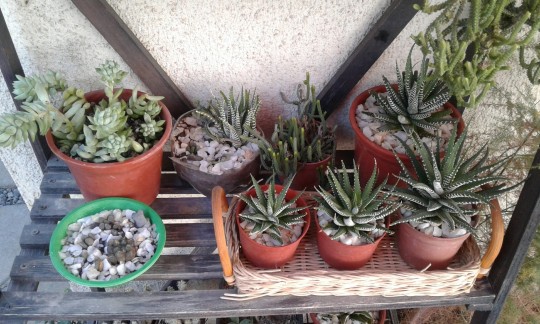
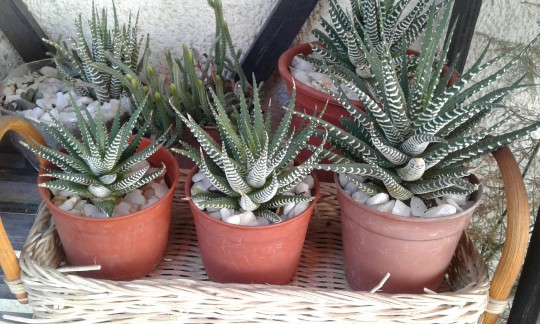
Some recent pictures of my succulents!
(the one in the first pic’s background; a Echeveria Black knight, had to be beheaded to save it from a fungus thing that was starting to eat it.. hopefully the rest of the plant is free from that..^^; it’s one of my favourite succulents, it would be a shame to lose this one!)

#succulents#echeveria black knight#haworthia attenuata#sedum coppertone#crassula perforatta#crassula rupestris#crassula ovata hobbit#plants
184 notes
·
View notes
Text
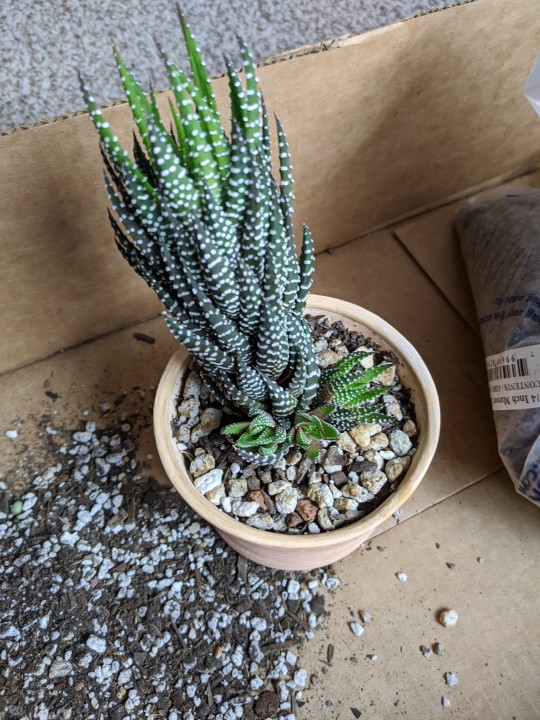
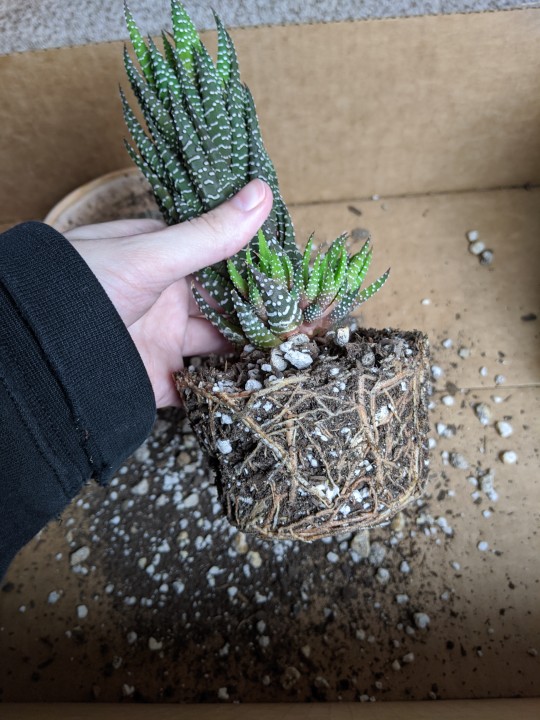
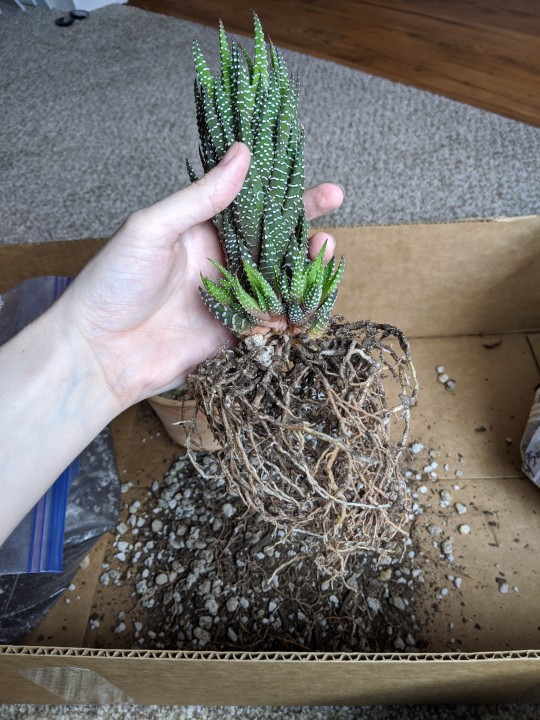
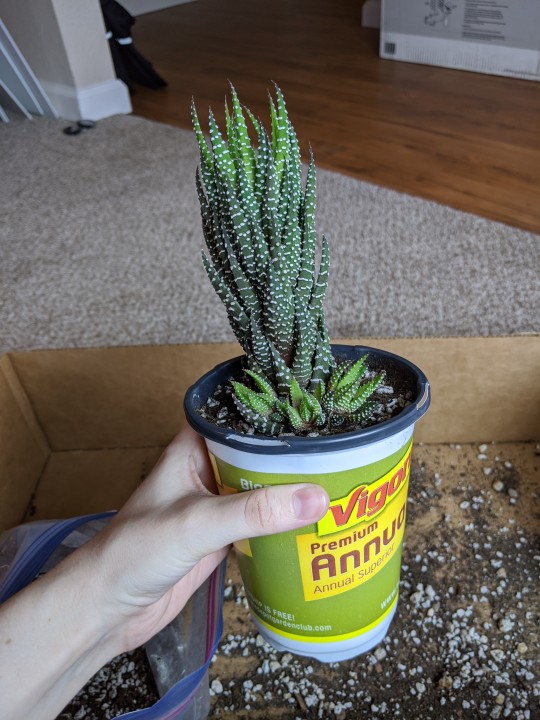
Repotted my Haworthiopsis attenutta, unfortunately the only pot I had that was bigger/taller was an old annual nursery pot. Oh well at least it has room now!
#succulents#plants#plantblr#succygirl's photos#succygirl's succulents#haworthia attenuata#haworthiopsis attenuata
31 notes
·
View notes
Text
Time for pictures of my favorites:
Echeveria Black Cat. Idiot who's decided overwatering is the look. Just like my mom's cat with the same name, he's nothing but trouble.
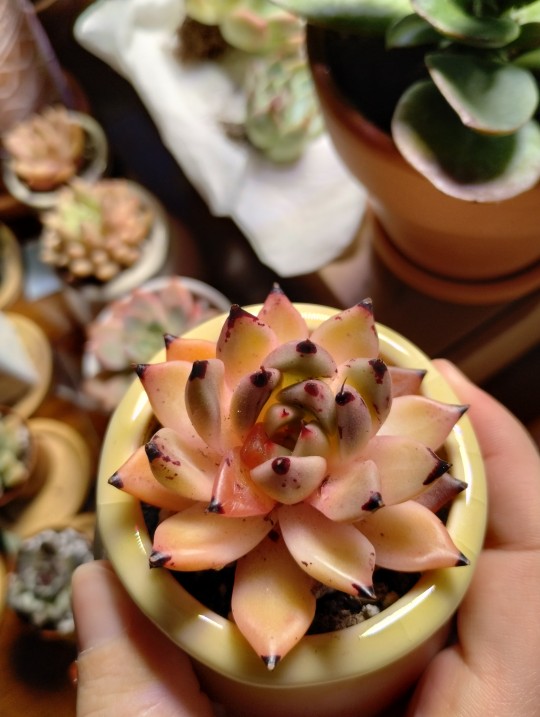
Haworthia Attenuata. Big Q my beautiful "First". Hasn't needed water yet and it's been a month. The only one with a decorated terracotta pot (that's probably too big for him but it's what I had at the time...) (decoration not visible)
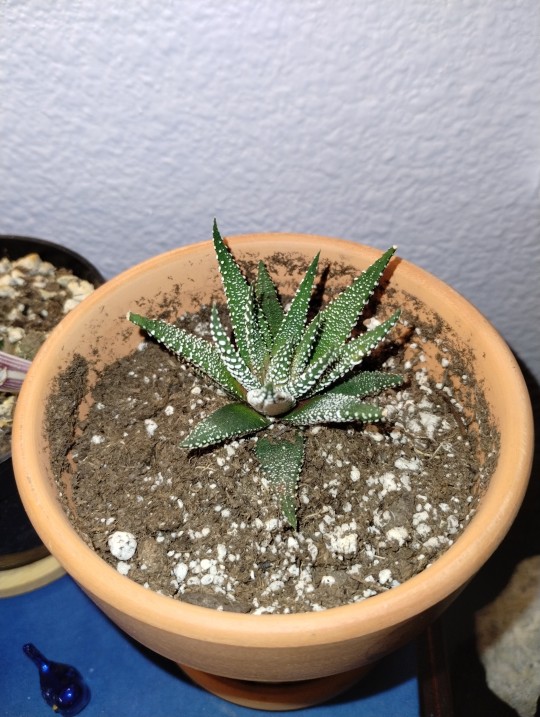
Echeveria Black Zaragoza. A small little guy who's either dried up with the flower or not. Got a few fingerprints tho..
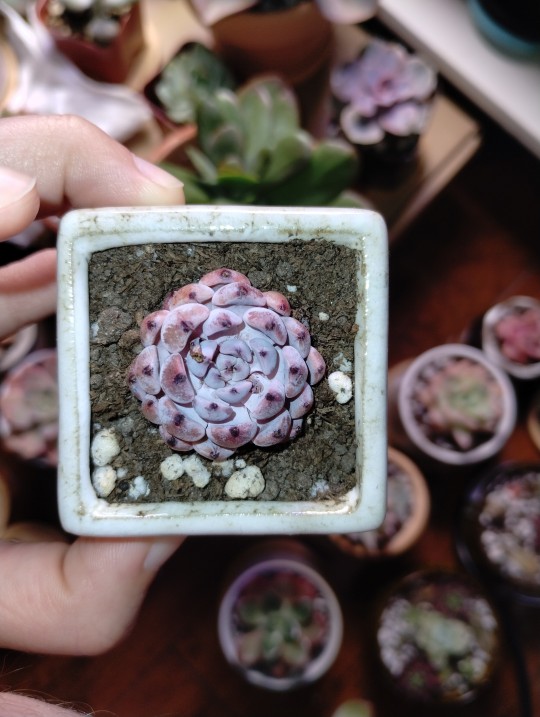
Kalanchoe Tomentosa Teddy Bear. Oh my precious Tallulah so soft and flawless

#My succs#Echeveria Black Cat#Haworthia Attenuata#Echeveria Black Zaragoza#Kalanchoe Tomentosa Teddy Bear#succulents
1 note
·
View note
Text
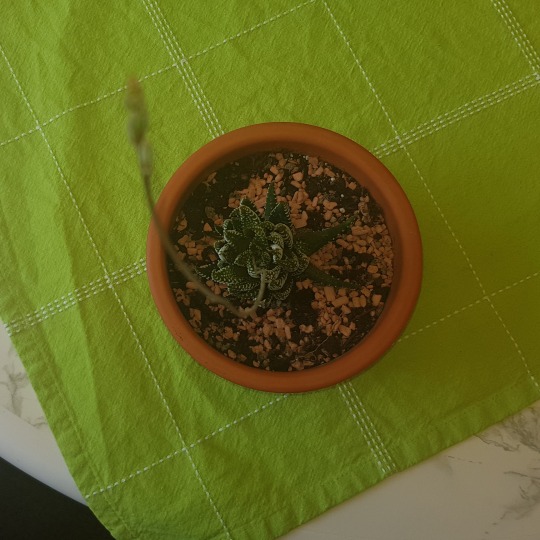
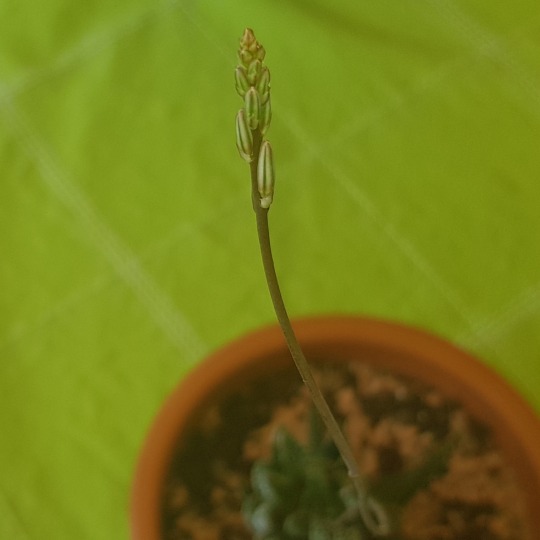
Flowerstalk still growing and going strong.
21 notes
·
View notes
Text
She's making so many babies!!!!
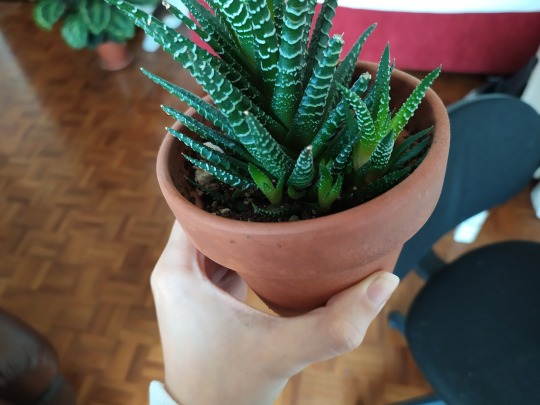
2 notes
·
View notes
Text

Haworthiopsis attenuata
2 notes
·
View notes
Photo



I’m officially home after finishing my third year in uni and I’m so happy to have -almost- all my children together (i still cant identify three of them tho)
#cacti#cacti collection#succulent#succulents#succulent love#succs#succulent propagation#cactus#cactilove#cacti and desert plants#echinopsis subdenudata#opuntia subulata#echeveria setosa#crassula rupestis#haworthia attenuata#echinocereus reichenbachii#aeonium decorum#gasteria variegata#opuntia microdasys#honckenya peploides#echeveria prolifica#euphorbia ritchiei#propagation#props#propagating#leaf propagation#crassula propagation#seashells#mine
214 notes
·
View notes